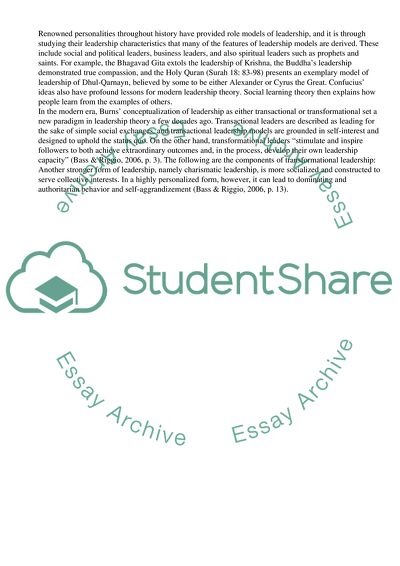Cite this document
(Authentic Leadership Models Literature review Example | Topics and Well Written Essays - 1750 words, n.d.)
Authentic Leadership Models Literature review Example | Topics and Well Written Essays - 1750 words. https://studentshare.org/management/1564049-literature-review-authentic-leadership-models
Authentic Leadership Models Literature review Example | Topics and Well Written Essays - 1750 words. https://studentshare.org/management/1564049-literature-review-authentic-leadership-models
(Authentic Leadership Models Literature Review Example | Topics and Well Written Essays - 1750 Words)
Authentic Leadership Models Literature Review Example | Topics and Well Written Essays - 1750 Words. https://studentshare.org/management/1564049-literature-review-authentic-leadership-models.
Authentic Leadership Models Literature Review Example | Topics and Well Written Essays - 1750 Words. https://studentshare.org/management/1564049-literature-review-authentic-leadership-models.
“Authentic Leadership Models Literature Review Example | Topics and Well Written Essays - 1750 Words”. https://studentshare.org/management/1564049-literature-review-authentic-leadership-models.


